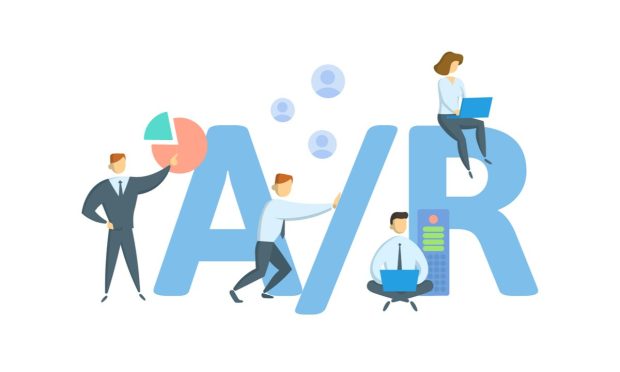Voice of the CFO: Smart AR Balances Collections With Customer Success

When macroeconomic trends take a turn for the worse, companies that sell on a subscription basis are increasingly likely to hear from customers who are struggling with cash flow and in need of some creative solutions until they’re caught up.
For example, while swapping a software-as-a-service (SaaS) client from a monthly to a quarterly or annual billing cycle complicates accounts receivable (AR) processes — especially those that are automated — it also gives the seller an opportunity to invest in meeting the buyer’s needs. It’s a move that can preserve an account and relationship today, but also produce a happier, more loyal customer tomorrow who’ll be around when the economy improves.
“That’s the place I’m spending a ton of time on right now with my team is, how can we [automate] the interplay between the collections team and the customer success team in a way that curates a positive customer experience,” Clearbit Chief Financial Officer Derek Schlicker told PYMNTS.
Partnering With Customers
Interviewed for the PYMNTS series, “A Day in the Life of a Digital-First CFO,” Schlicker said he is focusing on getting Clearbit’s billing infrastructure to where it can minimize the need for the human touch in 80% of the cases — while still making it feel like the human touch — and have a more direct follow-up in the 20% of cases that require it.
The goal is to create a collection program “that doesn’t feel like we’re hounding them day and night to pay their bills but that we’re trying to partner them in a way that makes them feel like whatever problems they’re having on their side — which are real right now — are being heard and that we’re sympathetic to it and that we’re trying to get an outcome that ultimately gets both sides what they need,” Schlicker said.
Adjusting to a Shift in Mindset
Schlicker joined Clearbit in July 2021 with more than 15 years of experience in enterprise SaaS leadership. The company offers a go-to-market platform designed to help businesses “create, capture and convert demand from ideal customers.”
The company had planned to kick off a fundraising event in January 2022, but when that time came, the markets had turned.
Schlicker and the team at Clearbit quickly shifted from doing what they had envisioned as a fairly significant growth round to instead positioning themselves from a balance sheet perspective to ride through this uncertain time.
“So it was definitely a shift in mindset,” Schlicker said. “I think what’s been nice about Clearbit is, we have a really good reputation that I would argue is larger than the company size itself.”
Developing a Good Product-Market Fit
That oversized reputation comes from customers who are passionate about the company’s products, he said.
Clearbit has also been highly capital efficient, generating about $4 in annual recurring revenue (ARR) for every $1 of investment capital deployed.
With those qualities, Clearbit has been well prepared to make its way through these times.
“We haven’t had to let anybody go; we’ve slowed down hiring a bit at the cost of some growth, but at the same time our growth rates are still really competitive,” Schlicker said. “That just tells me that when you have all that headwind going for you, it really shows you how much a good product-market fit can kind of muddy over some of the market chop that you see when things get kind of bad.”
Being Targeted and Efficient
Last summer, the world was all about growth at all costs. This year, it’s all about being targeted and efficient in terms of customer acquisition cost, Schlicker said.
This creates a need for companies to both drive results and measure results, which is a need Clearbit meets with tools that help its clients identify companies that are within the client’s ideal customer profile and should therefore be targeted with advertising.
“It’s really getting a lot more tactical and kind of a sniper-style, go-to-market strategy versus spreading your bets around in a number of advertising channels,” Schlicker said.
When his current project of automating AR is completed and it’s able to blend the human element with the technological element, that too will help the company’s growth.
“I think it’s something worthwhile, and when the market changes and goes back to normal, ideally we’ll have this set up and we’ll be able to handle it again when it comes around,” Schlicker said.

